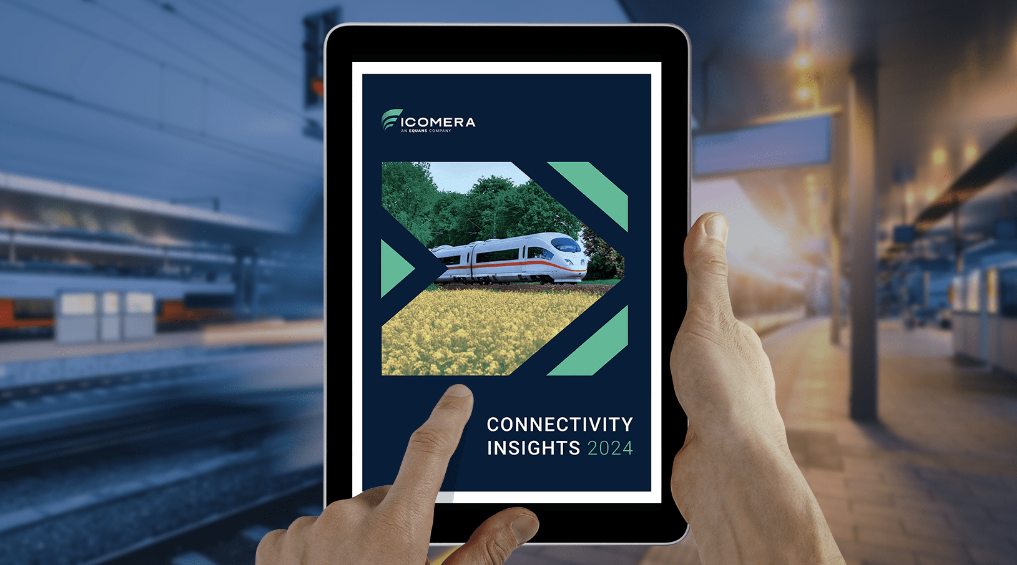A new survey of industry professionals has highlighted the pivotal role of onboard Internet connectivity in the development of the rail sector.
The comprehensive On-Train Internet Connectivity Survey collected responses from 343 rail industry professionals working across a wide range of roles in Europe and North America. It was commissioned by Icomera, the mobile Internet connectivity solution provider for public transportation and subsidiary of Equans, a world leader in the energy and services sector.
Key Findings:
- Importance of Connectivity: 89% of rail professionals believe on-train Internet connectivity is either ‘Very Important’ (49.6%) or ‘Important’ (39.7%) for the industry’s future
- Satisfaction Levels: 72% of respondents are ‘satisfied’ or ‘very satisfied’ with the current Internet connectivity on trains when considering both passenger and operational applications (the latter typically requiring less bandwidth than the former)
- Investment Needs: 87% advocate for increased investment in onboard Internet connectivity to keep pace with increasing data demands to meet future passenger and operational needs.
The Expanding Role of On-Train Connectivity
Passenger Wi-Fi has historically been the primary application for ‘Internet on board’, but those working across the industry take a broader view. Respondents identified benefits for the passenger experience (64%), operational efficiency (60%), and safety and security (40%).
Paul Barnes, Chief Marketing Officer at Icomera: “We see a growing proportion of the Internet connectivity we deliver to trains being used by IoT applications for remote monitoring and data analytics, improving safety and operational efficiency. Combined with the passenger services we support, we are ensuring confidence from origin to destination, making every journey more time-efficient for passengers, and more cost-effective for rail operators”.
Technological Enhancements
The quality of on-train Internet depends on the coverage and capacity of communication networks along the route. Industry professionals highlighted cellular networks (62%), satellite constellations (56%), and private trackside networks (29%) as key technologies for enhancing connectivity.
Currently, on-train Internet is primarily delivered through cellular networks due to their widespread deployment and continual evolution, such as the 5G rollout. The strong interest in satellite Internet, especially LEO satellites, suggests an awareness of their potential to offer high-speed connectivity, particularly along routes that traditional cellular networks may not cover effectively.
By taking a hybrid approach, combining various connectivity technologies, transport operators will be best placed to gain maximum value well into the future.
Looking to the Future
The survey results paint a clear picture: On-train Internet connectivity is seen as a pivotal element for the evolution of the rail industry by the people who will be responsible for overseeing it.
Catherine Chardon, CEO of Icomera: “The rail industry faces numerous challenges, from adapting to post-pandemic behaviours and addressing climate change, to integrating digital advancements. Onboard Internet connectivity is a strategic investment that will help the industry navigate many of these challenges simultaneously, ensuring sustainable growth and improved services for passengers and operators”.
This year, Icomera is celebrating its 25th anniversary and the transformation from the early days of onboard Wi-Fi to today’s multifaceted connectivity landscape. The survey results feature in a brand- new 48-page ‘Connectivity Insights’ report marking this milestone, exploring the expanding role of connectivity in supporting the industry’s goals, and the adoption of new technologies and innovations. View the report at Icomera.com.
